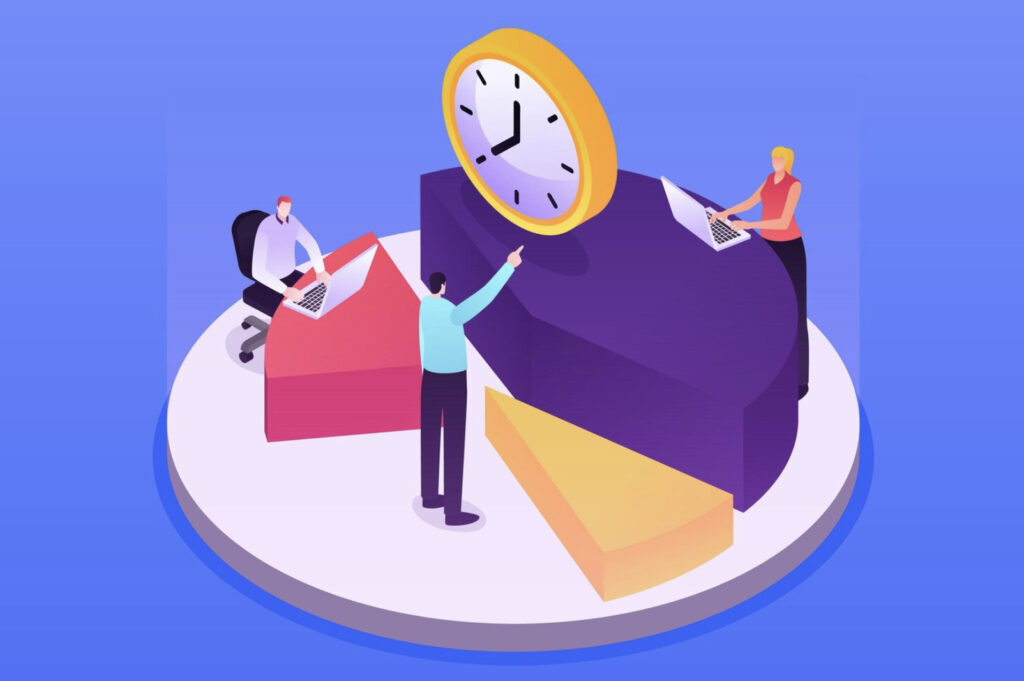
Maximizing Customer Lifetime Value (CLV) is crucial for businesses aiming for long-term success. By focusing on strategies that enhance CLV, companies can improve customer loyalty, increase revenue, and ensure sustainable growth. This article explores practical strategies to maximize CLV and discusses how these approaches can lead to long-term business success.
Understanding Customer Lifetime Value (CLV)
What is CLV?
Customer Lifetime Value (CLV) represents the total revenue a business can expect from a customer over the duration of their relationship. It’s a forward-looking metric that helps businesses understand the potential value of a customer beyond a single transaction. By calculating CLV, companies can make informed decisions about marketing spend, customer acquisition, and retention strategies. Knowing CLV allows businesses to prioritize resources on high-value customers and develop strategies tailored to enhancing their overall experience.
Importance of CLV in Business
CLV is crucial for several reasons. It helps businesses allocate resources more effectively by identifying the most valuable customers. Companies can focus on nurturing relationships with high-value customers, ensuring they receive exceptional service and tailored offers. Additionally, a higher CLV indicates strong customer loyalty and satisfaction, which are key drivers of sustainable growth. By maximizing CLV, businesses can achieve a higher return on investment (ROI) and build a loyal customer base that supports long-term success. A high CLV means customers are likely to return, make repeat purchases, and refer others, creating a virtuous cycle of growth.
Strategies to Increase CLV
Enhancing Customer Experience
A superior customer experience is essential for increasing CLV. Every interaction a customer has with a business should be positive, seamless, and memorable. To achieve this, businesses should focus on providing excellent customer service, streamlining processes, and addressing customer needs promptly. Personal touches, such as personalized recommendations and follow-ups, can make customers feel valued and appreciated. Additionally, leveraging technology to create a more efficient and user-friendly experience can significantly enhance customer satisfaction and loyalty. For example, using chatbots for instant support or mobile apps for easy access to services can improve customer interactions and retention.
Implementing Loyalty Programs
Loyalty programs are a proven strategy to boost CLV. By rewarding customers for their repeat business, companies can encourage ongoing engagement and purchases. Effective loyalty programs offer valuable incentives, such as discounts, exclusive offers, and points that can be redeemed for rewards. It’s important to design a program that aligns with customer preferences and behaviors. Regularly updating and promoting the loyalty program can keep customers excited and motivated to continue their relationship with the brand. Successful loyalty programs often include tiers or levels, encouraging customers to increase their engagement to unlock better rewards, thus deepening their connection with the brand.
Personalization and Customization
Personalization is a powerful tool for increasing CLV. By understanding individual customer preferences and behaviors, businesses can tailor their offerings to meet specific needs. This can include personalized product recommendations, customized marketing messages, and special offers based on past purchases. Advanced data analytics and customer segmentation can help businesses create more targeted and effective personalization strategies. When customers feel understood and valued, they are more likely to remain loyal and continue their relationship with the brand. Utilizing data-driven insights to predict customer needs and behaviors can also help in creating highly relevant and timely interactions, further enhancing the customer experience.
Measuring the Impact of CLV Strategies
Key Metrics to Track
To gauge the effectiveness of CLV strategies, businesses need to track key metrics. These include repeat purchase rate, average order value, customer retention rate, and customer satisfaction scores. Monitoring these metrics over time can provide insights into how well the strategies are working and where adjustments may be needed. Additionally, tracking the net promoter score (NPS) can help measure customer loyalty and the likelihood of customers recommending the brand to others. Consistent measurement and analysis allow businesses to refine their strategies continuously, ensuring they are always aligned with customer needs and expectations.
Tools for Measuring CLV
Several tools can assist businesses in measuring CLV. Customer relationship management (CRM) systems can track customer interactions and purchase history, providing valuable data for CLV calculations. Additionally, analytics platforms can help businesses analyze customer behavior and identify trends. Tools like Google Analytics, Salesforce, and HubSpot offer robust features for measuring and improving CLV. By leveraging these tools, businesses can gain a deeper understanding of their customer base and make data-driven decisions to enhance CLV. These tools also enable businesses to segment their customer base more effectively, allowing for more targeted and personalized engagement strategies.
Case Studies of Successful CLV Strategies
Real-World Examples
Several companies have successfully implemented strategies to increase CLV. For instance, Amazon’s personalized recommendations and Prime membership program have significantly boosted customer retention and loyalty. Amazon uses sophisticated algorithms to suggest products that match customer preferences, while Prime offers benefits like free shipping, exclusive deals, and access to streaming services, making it an attractive proposition for repeat customers.
Starbucks’ rewards program offers personalized incentives and exclusive offers, driving repeat purchases and customer engagement. The program uses a mobile app to provide customers with tailored offers and easy ways to earn and redeem rewards. These examples demonstrate how focusing on customer experience, personalization, and loyalty programs can lead to substantial improvements in CLV and long-term business growth. Companies that prioritize customer satisfaction and loyalty are better positioned to retain their customer base and achieve sustainable growth.
Final Thoughts on Maximizing Customer Lifetime Value
Maximizing Customer Lifetime Value is essential for achieving long-term business growth. By implementing strategies that enhance customer experience, offer personalized services, and reward loyalty, businesses can increase CLV and build a loyal customer base. Regularly measuring the impact of these strategies ensures continuous improvement and sustainable success. By focusing on CLV, companies can secure a competitive edge and thrive in today’s dynamic market. Emphasizing customer-centric approaches not only boosts immediate revenue but also sets the foundation for enduring relationships and ongoing business prosperity.